Hey. Not so long ago Ilya Subbotin published an article 'Gazebo # 173. 'Ruth' is in the past ', which sparked controversy in the comments. All commentators were divided into two main camps. Some believe that root is necessary, others said that either they did not see and did not see the need for it, or they had already played enough with it.
The main argument of the adherents of root was the need to remove the “extra” pre-installed software from the manufacturer, as well as blocking ads.
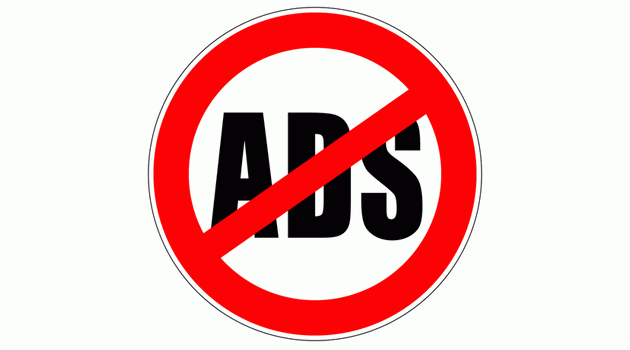
And if in matters of blocking ads without root it is still difficult to do without root (the presence of software that blocks ads even without root is a compromise associated with increased battery consumption due to the application constantly hanging in the background), then removing system applications without root is not problem. At least on Samsung devices.
In my case, this is even more relevant, since I mainly use American versions of devices, which have a lot of camera junk that needs to be removed.

So, to resolve the issue with unnecessary system applications without root, I use three main methods.
The first way is to install a special application to freeze system applications. This application periodically disappears from the Play Market, but just as suddenly appears. It is called Package Disabler Pro, or BK Disabler.
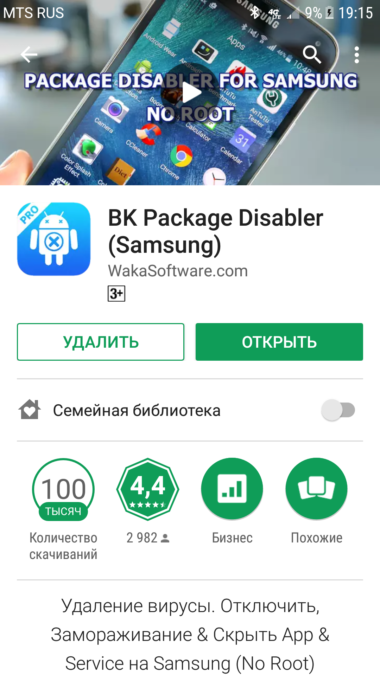
The app requires a license, which costs money. However, the price is very affordable, something about 150-200 rubles, so paying once and then not knowing the problems is the easiest option.
After starting the application, it will ask for administrator rights, and also offer to download the plugin. This must be done. After that, you can start freezing the excess software.
BK Disabler allows not only to freeze the applications themselves, stopping them, but also to freeze certain services in the application itself.
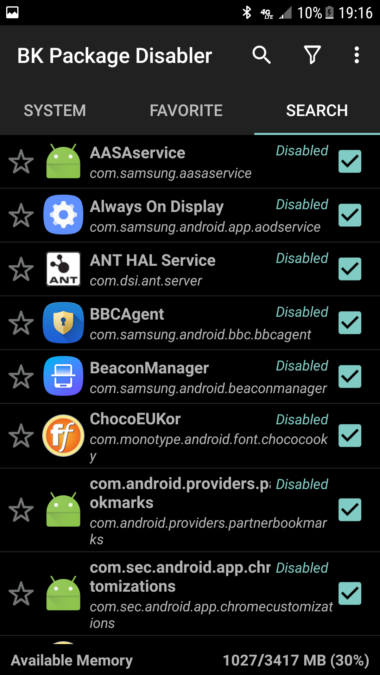
Using the example of Sberbank Online, you can click on the application, and in the menu that opens, select the 'Services' item, find SdkService among the services and disable it. The application will remain fully functional, but it will not show activity in the background, which means it will not eat up the battery.
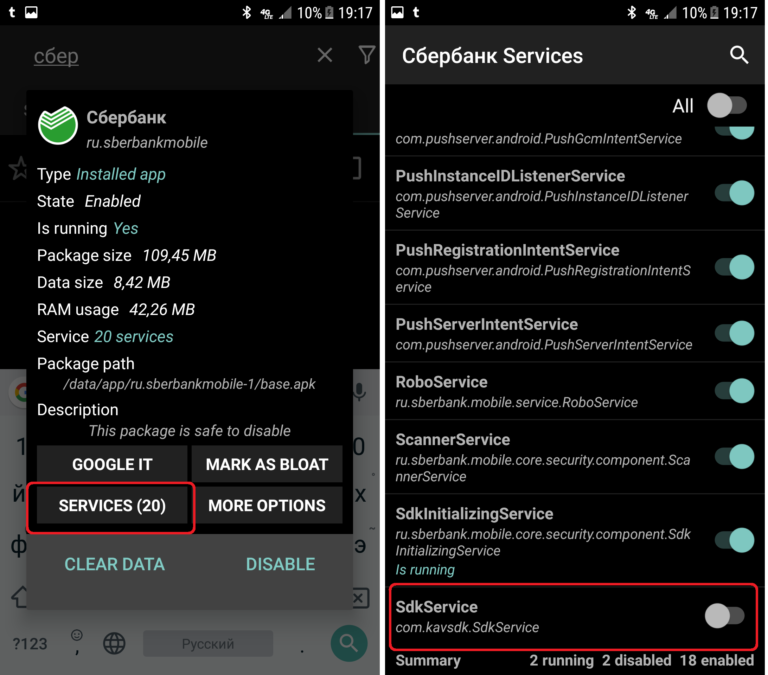
In addition to installing from PlayMarket, it is possible to install via ADB, after which the application is also registered as a system one and receives the same functionality as when installing via PlayMarket. Since this is not quite an official method, I will not describe the instructions here. The famous w3bsit3-dns.com forum to help.
But, in addition to programs for freezing system applications, there is another method that is not obvious to most users, described by the regulars of the XDA-Developers portal – uninstalling applications via ADB.
This requires:
- Download drivers for your device and, without connecting the phone to a computer, install them.
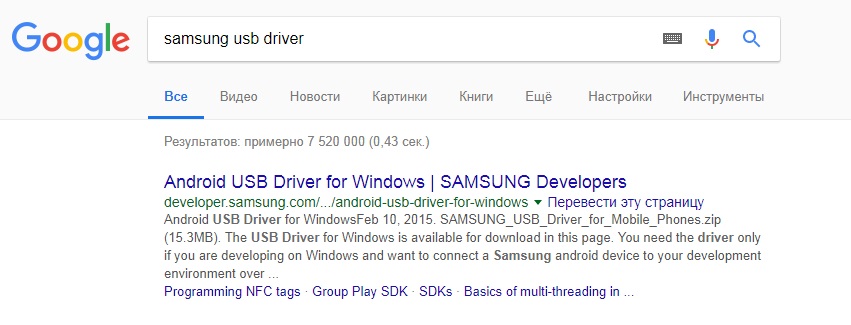
- USB debugging must be enabled in the phone settings. To do this, go to the settings, then look for the section 'About the device' or 'Information about the phone', look for the line 'Build number' and tap on it seven times. After that, the phone will congratulate you on becoming a developer, and a new item 'Developer options' will appear in the menu. We go there and look for USB debugging. We turn it on, agreeing to the risks.
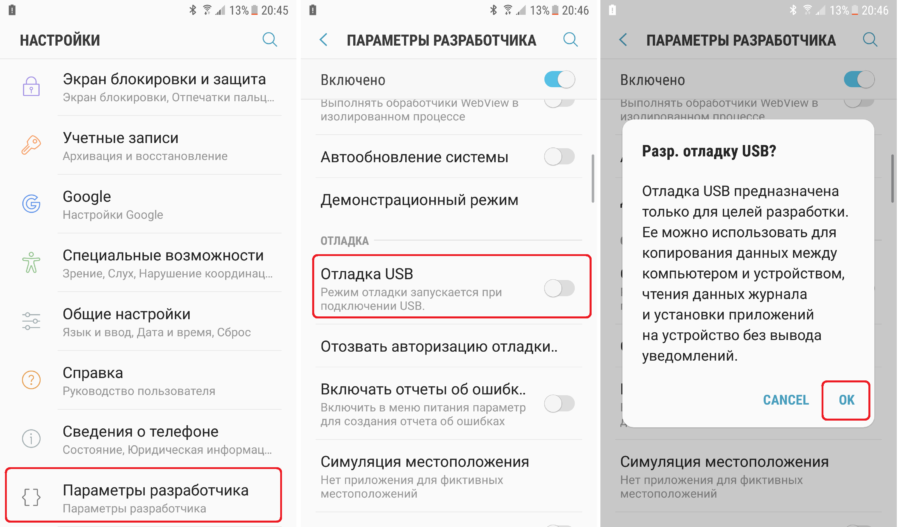
- Download also the minimum set of files required for the ADB console to work.
- Unzip the downloaded set of files into a separate folder, preferably on the C drive.
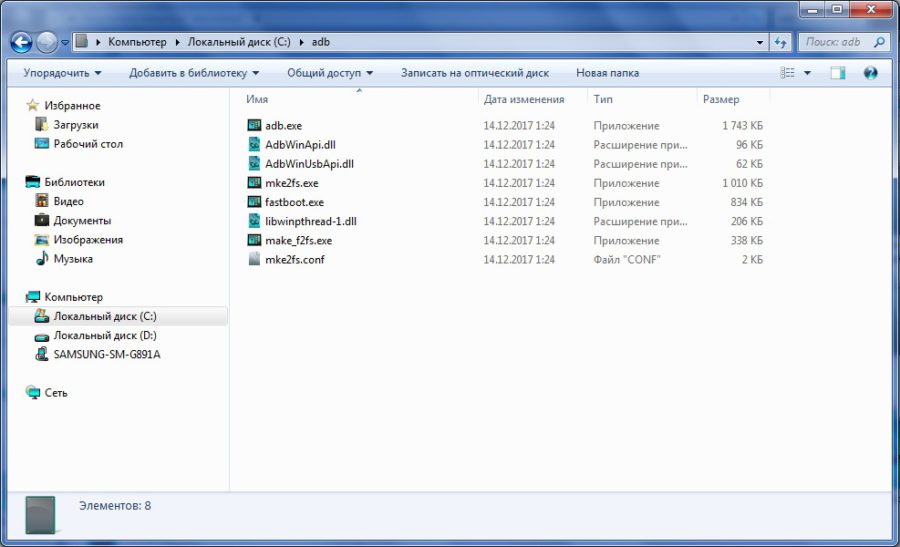
- After that, you need to go to the downloaded ADB folder, hold down the 'Shift' key and right-click on an empty field inside the folder. In the context menu that appears, select 'Open command window'. The console should open.
- We connect the phone to the computer. We are waiting for the drivers to be installed.
- A window should appear on the phone in which you need to click 'OK'. If you plan to use this functionality in the future, you can mark in the window that appears 'Always allow from this computer', or it can be written in Russian 'Always for this computer'.
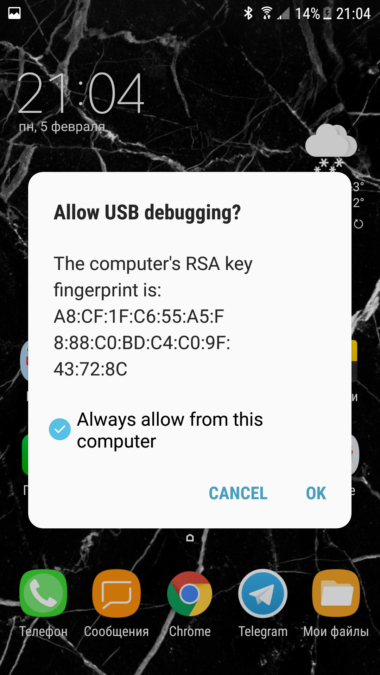
- If this window does not appear on the phone, you can force it by writing either adb shell or adb devices command in the open ADB console. Commands are written without brackets, quotes, etc.
- After that, a line with the name of your device should appear in the console. This will most likely be an unfamiliar name to you, as this will be the internal codename used by the manufacturing company.
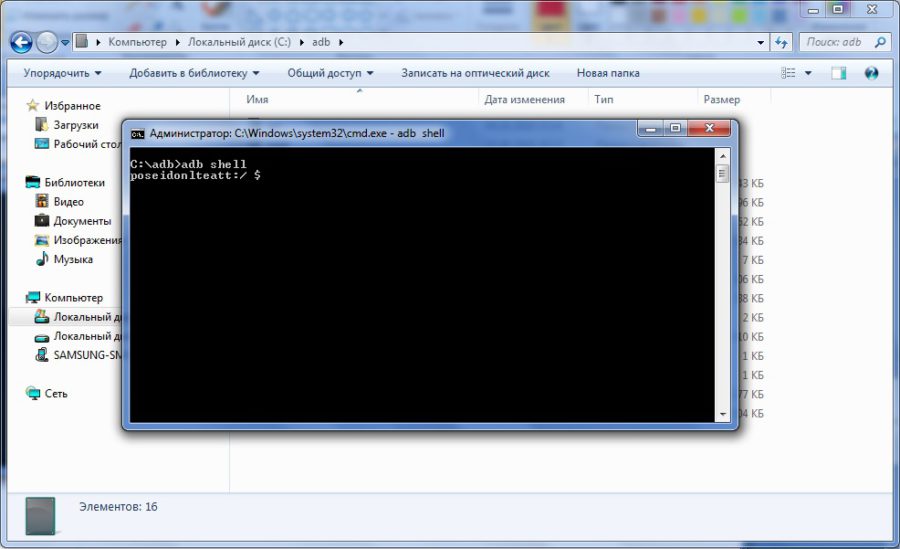
- If everything worked out, it's time to start uninstalling applications. To do this, type the command in the console, after which we write the exact name of the application through a space:
pm uninstall -k —user 0 (exact application name)
and press Enter.
If everything was done correctly, the answer will come:
Success
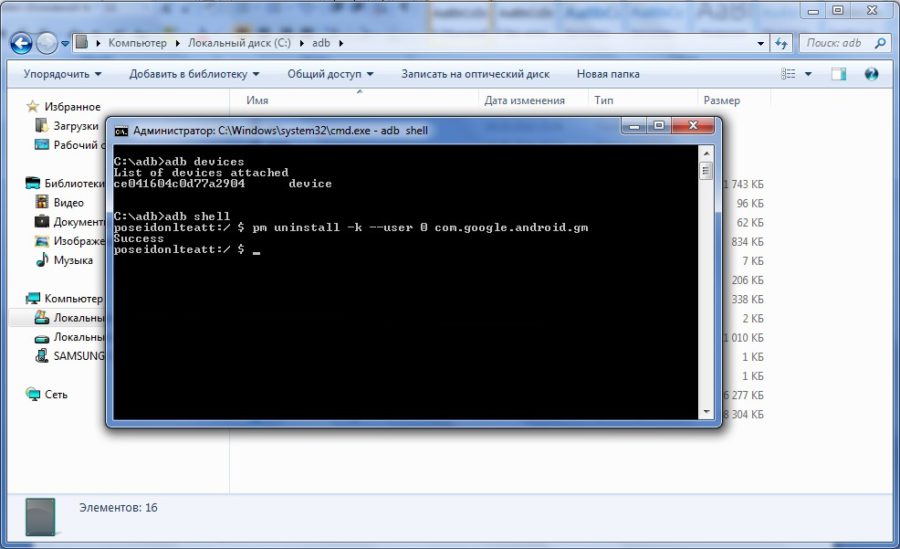
If you want to uninstall several applications, then without leaving the ADB console, we repeat the last command (pm uninstall -k —user 0) with each application that needs to be uninstalled. To avoid typing a command each time, you can press the up arrow key and the system will substitute the last typed line. We erase the name of the application, write a new one and press Enter. And so on until the bitter end, which will be either a clean system free of unnecessary software, or cyclic reboots or mass messages about stopping processes. Therefore, before uninstalling the application, make sure that the operating system will function without it (google).
Conclusion
Each method has its own pros and cons. With freezing, you don't have to worry about the safety of critical files – in case of errors, you can simply unfreeze the application, and that's it, but there will be an extra application on the phone, which will still at least slightly, but eat up the charge. Using ADB, there is a risk of removing unnecessary things, after which you will have to flash the phone. However, all these methods allow you to clean the system without the risk of getting non-working payment services, which root really hates. Which of these paths is closer to you, everyone chooses for himself. In the same way, everyone decides for himself whether he needs to delete unnecessary applications. There is always a choice.
